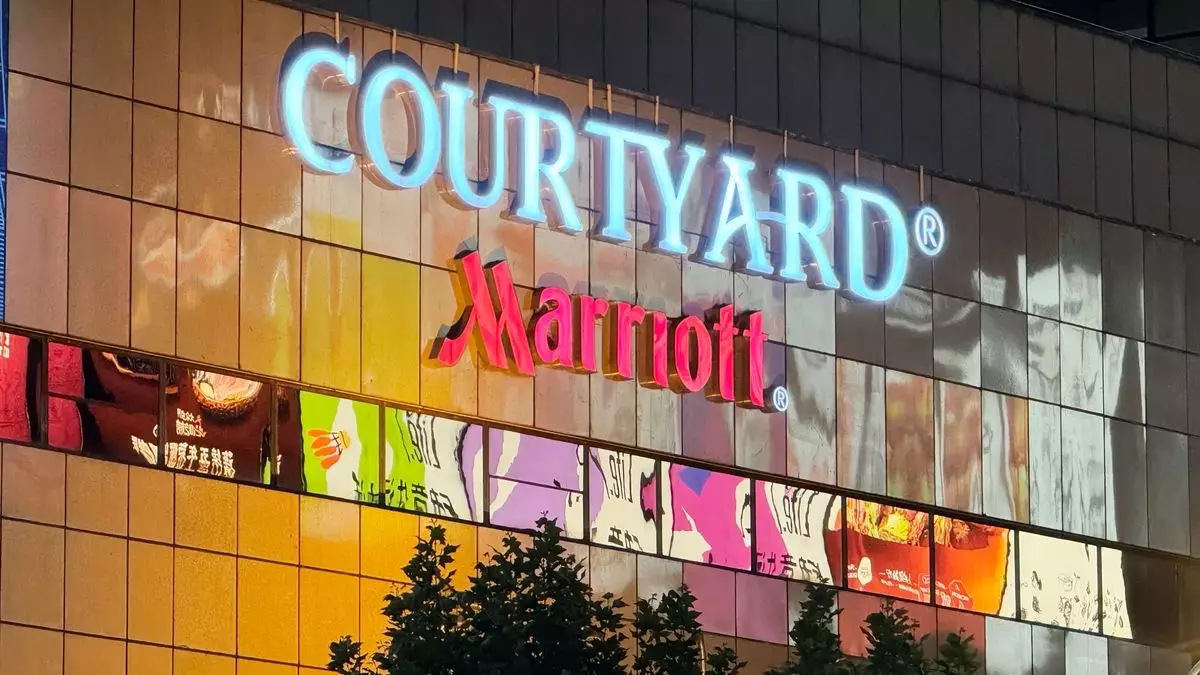Marriott International’s latest quarterly results reveal a complex narrative that underscores both resilience and vulnerability within the global hospitality industry. While revenue growth remains positive, the mixed performance exposes underlying vulnerabilities, especially in North American markets heavily influenced by government travel spending. The reported 1.5% rise in global RevPAR is commendable; however, a deeper dive into regional performances illustrates the uneven nature of the recovery. Marriott’s strategic tension between luxury segments and mainstream offerings becomes evident, as luxury brands continue their upward trajectory while select-service and extended-stay segments face headwinds.
Contrasting Regional Performances Highlight Market Disparities
A significant aspect of Marriott’s Q2 results hinges on regional variations, which reveal much about the broader economic trends influencing travel patterns. International markets, particularly in Asia Pacific and EMEA, demonstrated robust growth, with RevPAR surging 9% and 7%, respectively. These regions benefited from increased international demand and higher rates, signaling a rebound in global mobility. Conversely, the North American market grappled with a decline in government travel—a critical segment for Marriott’s U.S. and Canada operations—leading to stagnation in RevPAR for select-service and extended-stay brands. The 16% plunge in government travel room nights underscores a structural shift that Marriott must navigate carefully.
Luxury Travel Remains a Bright Spot in an Uncertain Climate
Amid ongoing uncertainties, Marriott’s luxury brands prove their mettle, showcasing resilience and adaptability. A 4% RevPAR increase in luxury segments within North America demonstrates a healthy appetite among affluent travelers, capitalizing on the segment’s higher margins. The surge in luxury food and beverage spending—up 7%—also signals that consumers willing to spend lavishly remain a vital engine of growth. This segment’s performance underscores a broader trend: that luxury travel, driven by discretionary spending, may serve as a stabilizing force for Marriott moving forward, even when broader market conditions falter.
International Markets Offer Hope and Caution
The international landscape appears more promising, with a 5% increase in RevPAR and significant growth in regions like Asia Pacific and EMEA. These regions, driven by rate hikes and higher occupancy, reflect a recovery in demand as global mobility resumes. Yet, the forecasts remain cautious, reflecting ongoing economic uncertainty worldwide. Marriott’s prediction that systemwide RevPAR growth will only reach the lower end of 1.5-2.5% in the full year signals an acknowledgment that recovery will not be linear or uniform. External factors—geopolitical tensions, inflation, and evolving travel restrictions—pose persistent threats to sustained growth.
The Path Forward: Navigating Challenges with Strategic Foresight
Marriott’s overall revenue of $6.74 billion and adjusted EBITDA of $1.4 billion are signs of resilience, but these numbers mask an uneven terrain for the company. The decline in business transient RevPAR by 2% and the bleak outlook for government travel demand are significant concerns that will require innovative approaches and agile strategies. Marriott’s leadership must prioritize diversifying revenue streams and reinforcing high-margin luxury offerings while reimagining their approach to emerging markets. The company’s ability to adapt to shifting travel behaviors and economic challenges will determine whether it can sustain its growth momentum and emerge stronger from global uncertainties.


Leave a Reply